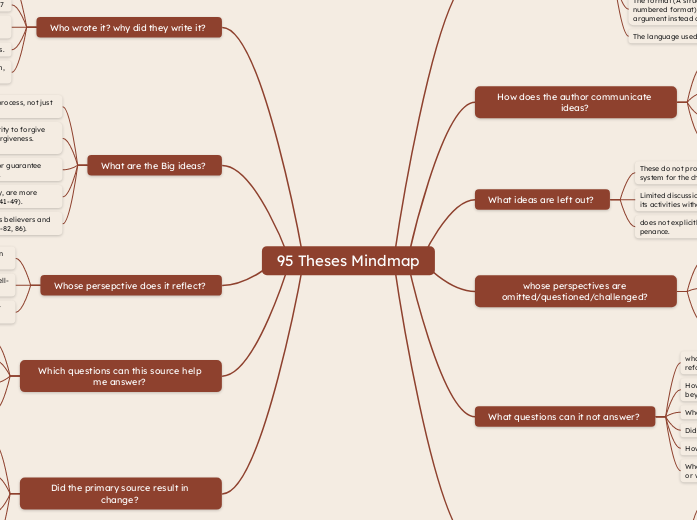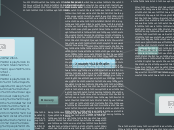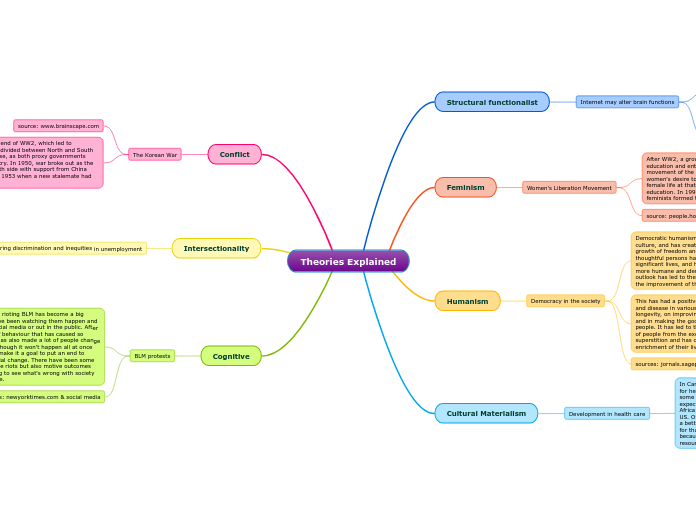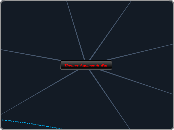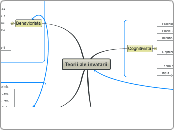por Mya Wood 7 horas atrás
6
95 Theses Mindmap
The Protestant Reformation was initiated in part due to theological debates and challenges to church authority, most notably by Martin Luther. His criticism of the Catholic Church's practice of selling indulgences highlighted a growing frustration with church corruption and the financial exploitation of believers.
